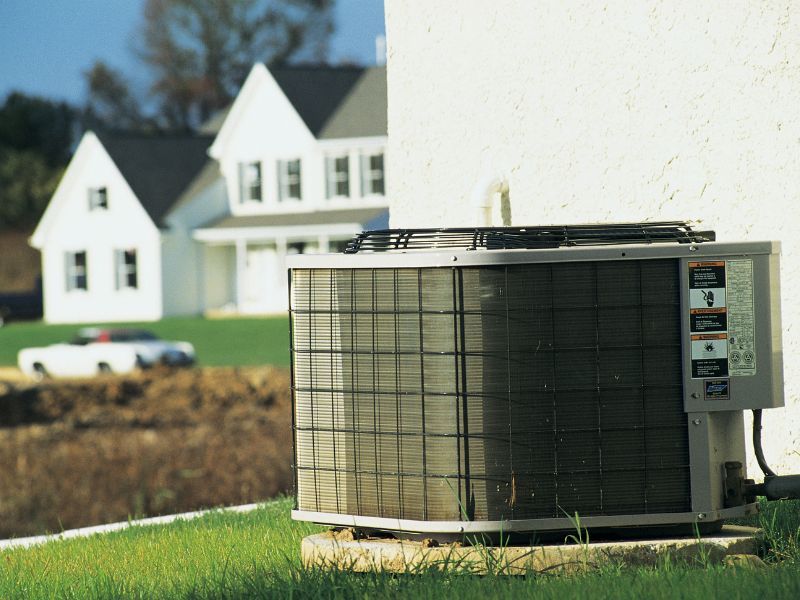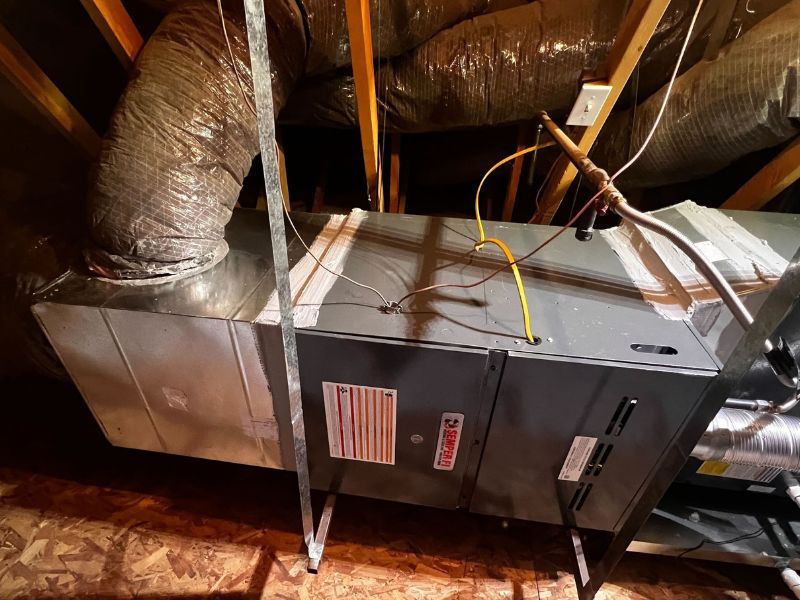What Is SEER (Seasonal Energy Efficiency Ratio)?
SEER, or Seasonal Energy Efficiency Ratio, is a standardized measurement used to indicate the energy efficiency of an air conditioning or heat pump system. It quantifies the cooling output of a system in relation to the energy it consumes over a typical cooling season.
The concept of SEER emerged as a response to growing concerns about energy consumption and environmental impact. In the United States, the Department of Energy introduced SEER as a requirement for air conditioning systems in 1979 to promote energy-efficient technology.
SEER ratings provide consumers with a clear benchmark for comparing the energy efficiency of different systems. A higher SEER rating indicates better energy efficiency, with modern systems ranging from around 13 SEER to over 25 SEER.
People Also Ask About SEER:
Can I upgrade my old air conditioning system to a higher SEER rating?
In many cases, yes. Upgrading to a higher SEER system can increase energy efficiency and reduce operating costs. However, compatibility with existing ductwork and electrical systems should be considered.
Does a higher SEER rating always result in cost savings?
While higher SEER systems are generally more energy-efficient, the actual cost savings depend on factors like local energy rates, usage patterns, and the difference in SEER ratings between the old and new systems.
How does SEER compare to EER (Energy Efficiency Ratio)?
SEER measures efficiency over a range of temperatures, while EER measures efficiency at a specific temperature (usually 95°F). SEER provides a more comprehensive view of overall performance, including variations in weather conditions.
HVAC System Cost & HVAC Reviews
Related Pages
Categories


